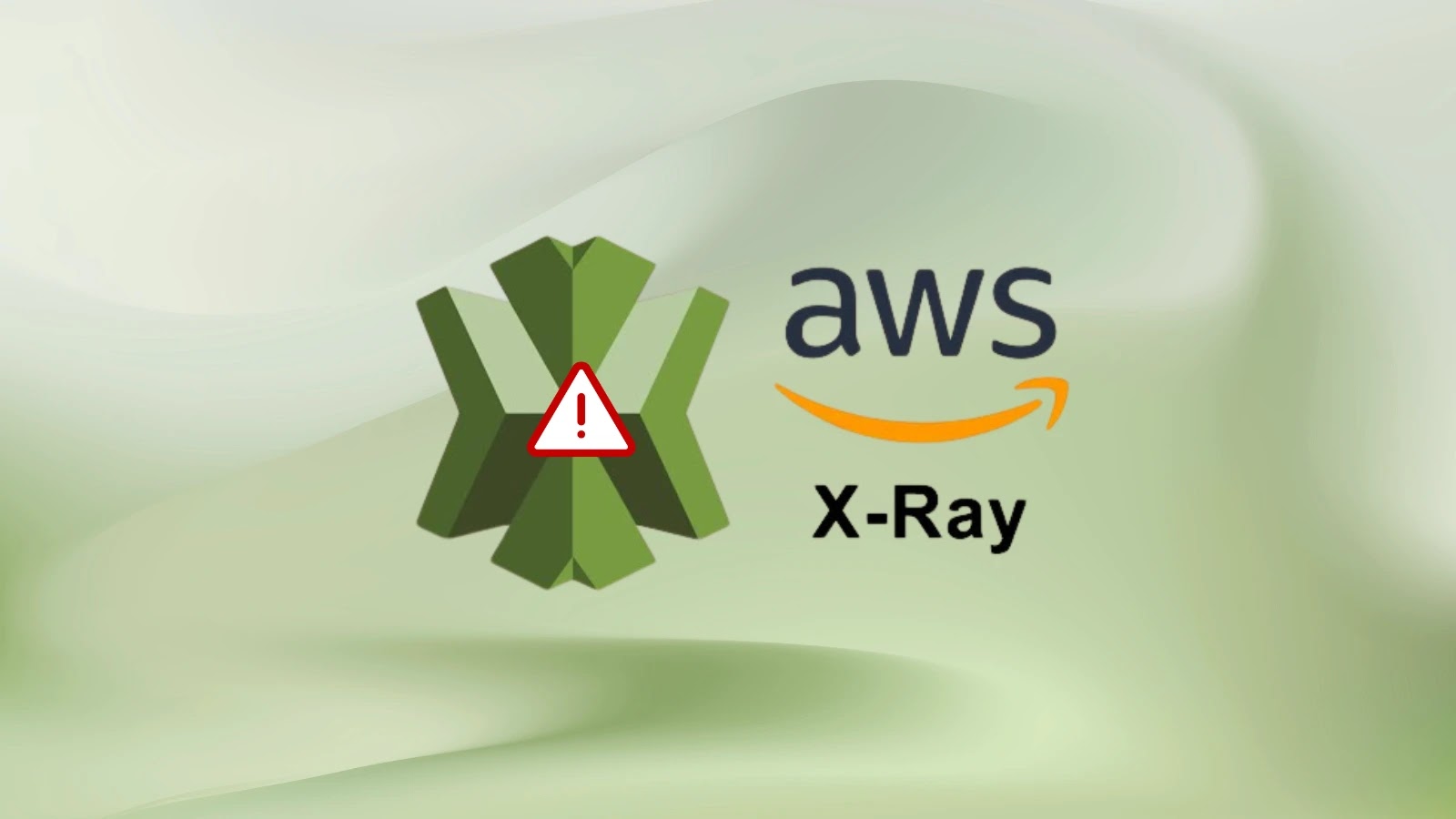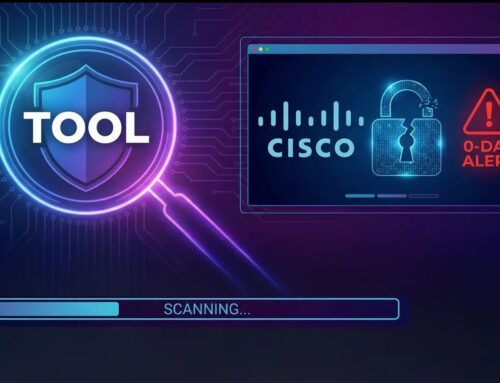
Hackers Weaponize AWS X-Ray Service to Work as Covert Command & Control Server
The landscape of cyber threats is constantly shifting, with adversaries continually finding innovative ways to weaponize legitimate tools and services. A recent discovery has unveiled a sophisticated technique where threat actors are abusing Amazon Web Services (AWS) X-Ray, a distributed tracing service, to establish covert command and control (C2) communications. This development underscores a critical evolution in attacker methodologies, where cloud infrastructure, designed for operational insights, is repurposed for malicious ends.
Understanding AWS X-Ray and Its Intended Purpose
AWS X-Ray is a service designed to help developers analyze and debug production, distributed applications, such as those built using microservices architectures. It provides an end-to-end view of requests as they travel through an application, showing details like latency, service interactions, and traces. Essentially, X-Ray offers a “map” of how requests flow and where bottlenecks might occur, enabling developers to enhance application performance and troubleshoot issues efficiently.
The core functionality of X-Ray relies on sending tracing data, including service names, request IDs, and timing information, to the X-Ray service. This data is then aggregated and visualized, providing valuable insights into application behavior.
The Covert C2 Mechanism: Abusing X-Ray for Malicious Communication
The technique uncovered by red team researchers demonstrates a chilling subversion of AWS X-Ray’s intended function. Instead of using X-Ray to monitor benign application performance, attackers manipulate the service to act as a covert C2 channel. This is achieved by embedding malicious commands or data within the legitimate fields of X-Ray trace segments.
- Data Exfiltration: Sensitive information gathered from compromised systems within an AWS environment could be encoded and embedded into X-Ray trace data. This data, disguised as legitimate tracing information, would then be sent to the X-Ray service, from where the attackers could retrieve it.
- Command Infiltration: Conversely, commands from the C2 server could be sent into the X-Ray service, disguised as part of the tracing information. A compromised host with appropriate permissions could then poll the X-Ray service, extract and decode these commands, and execute them locally.
This method offers several advantages for attackers: the communication often blends in with normal AWS network traffic, making detection by traditional security tools challenging. Furthermore, security controls that focus on ingress/egress filtering at the network perimeter might overlook this internal AWS service-to-service communication.
The Broader Implications: Weaponizing Legitimate Cloud Infrastructure
This incident highlights a growing trend where threat actors are moving beyond exploiting traditional vulnerabilities and are instead weaponizing the very services designed to facilitate modern cloud operations. The use of AWS X-Ray as a C2 server is not an isolated incident; similar techniques have been observed with other legitimate cloud services, such as abusing DNS for data exfiltration or leveraging message queues for command passing.
For organizations heavily reliant on cloud platforms, this necessitates a shift in security posture. It’s no longer sufficient to secure the perimeter; internal cloud service interactions must also be scrutinized for anomalous behavior. This technique, while not assigned a specific CVE number like CVE-2023-XXXX (placeholder, as specific CVE not supplied for this technique), represents a significant threat due to its stealth capabilities.
Remediation and Mitigation Actions
Detecting and preventing the abuse of AWS X-Ray and similar cloud services for covert C2 requires a multi-layered approach. Here are actionable steps organizations can take:
- Implement Strict IAM Policies: Ensure that AWS Identity and Access Management (IAM) policies follow the principle of least privilege. Limit X-Ray data submission and retrieval permissions to only the necessary roles and applications. Regularly audit these policies for over-privileged access.
- Monitor X-Ray API Activity: Continuously monitor AWS CloudTrail logs for unusual patterns in X-Ray API calls. Look for frequent or large-volume
PutTraceSegmentsorGetTraceSummariesoperations from unexpected sources or at unusual times. - Baseline Normal X-Ray Traffic: Establish a baseline of typical X-Ray traffic patterns within your environment. Deviations from this baseline, such as sudden spikes in data volume or requests from new regions, could indicate abuse.
- Anomaly Detection with Cloud Security Posture Management (CSPM) Tools: Utilize CSPM solutions to identify misconfigurations or anomalous behavior within your AWS environment, including irregular X-Ray usage.
- Network Traffic Analysis within AWS: While X-Ray traffic is internal, analyzing VPC Flow Logs for connections to or from X-Ray endpoints that appear suspicious can add an extra layer of detection.
- Educate and Train Teams: Ensure that security, development, and operations teams are aware of these advanced attack techniques and how legitimate cloud services can be weaponized.
Tools for Detection and Monitoring
Leveraging the right tools is crucial for identifying and mitigating the risks associated with AWS X-Ray abuse.
| Tool Name | Purpose | Link |
|---|---|---|
| AWS CloudTrail | Logs all API activity within your AWS account for auditing and monitoring. | https://aws.amazon.com/cloudtrail/ |
| AWS CloudWatch Logs / Insights | Aggregates and analyzes log data from various AWS services, enabling custom queries for threat detection. | https://aws.amazon.com/cloudwatch/ |
| AWS GuardDuty | Intelligent threat detection service that monitors for malicious activity and unauthorized behavior. | https://aws.amazon.com/guardduty/ |
| Third-Party CSPM Solutions | Offer broader security posture management, including misconfiguration detection and compliance checks across cloud environments. | (e.g., Palo Alto Networks Prisma Cloud, Wiz, Lacework) |
Conclusion
The weaponization of AWS X-Ray for covert C2 communications serves as a stark reminder that cloud security extends beyond traditional perimeter defenses. Threat actors are continually seeking ingenious ways to exploit the inherent trust and functionality of cloud services. Organizations must adopt a proactive and adaptive security strategy, focusing on granular permissions, comprehensive logging, continuous monitoring, and anomaly detection across their entire cloud footprint. Understanding these evolving tactics is paramount for securing modern, distributed applications and maintaining a robust cybersecurity posture.





